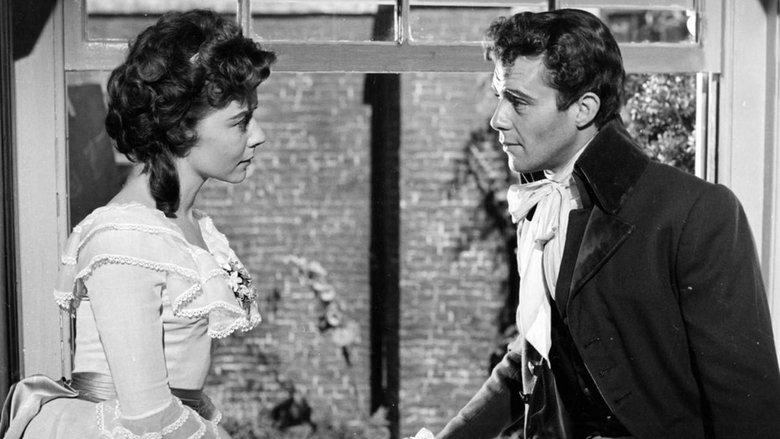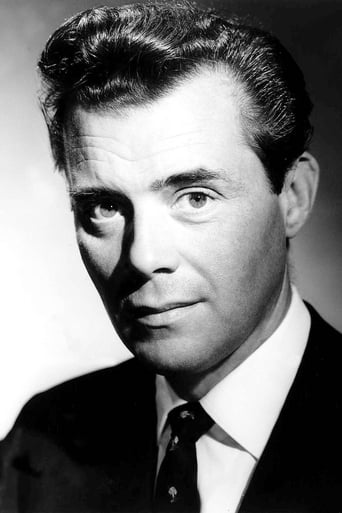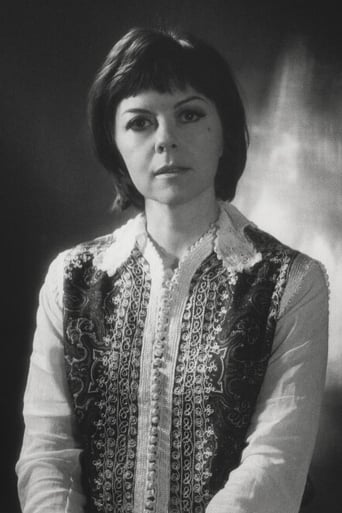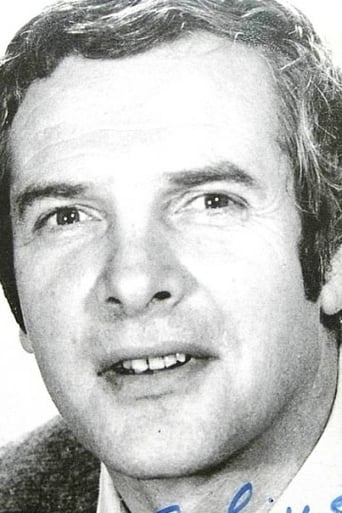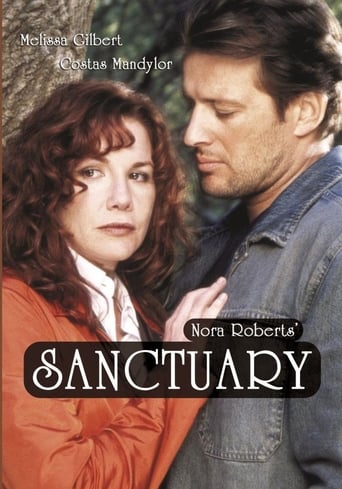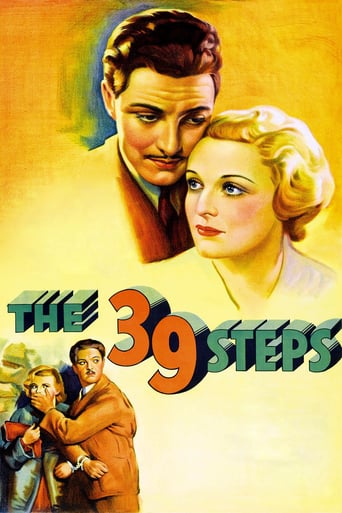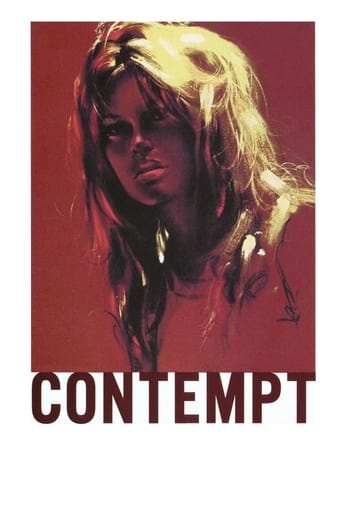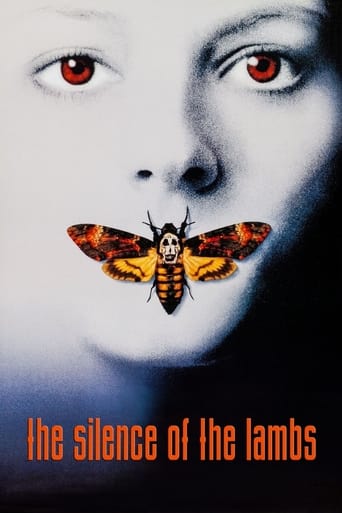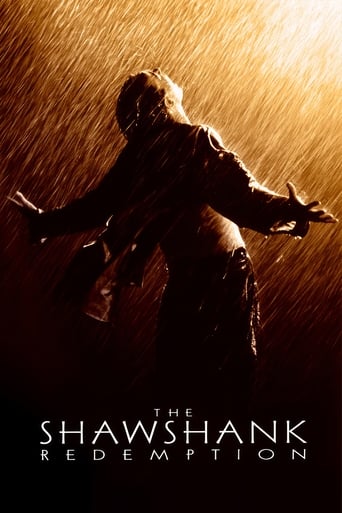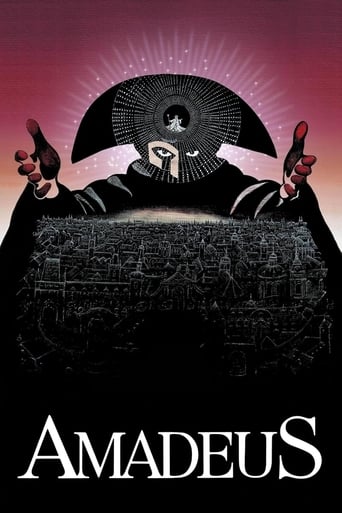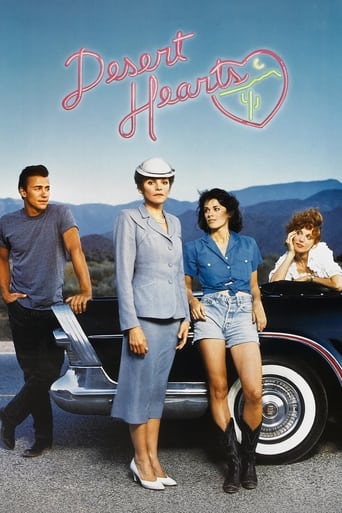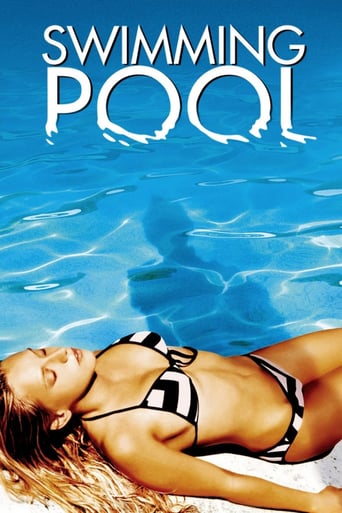A Tale of Two Cities (1958)
British barrister Sydney Carton lives an insubstantial and unhappy life. He falls under the spell of Lucie Manette, but Lucie marries Charles Darnay. When Darnay goes to Paris to rescue an imprisoned family retainer, he becomes entangled in the snares of the brutal French Revolution and is himself jailed and condemned to the guillotine. But Sydney Carton, in love with a woman he cannot have, comes up with a daring plan to save her husband.
Watch Trailer
Free Trial Channels
Cast


Similar titles
Reviews
Sorry, this movie sucks
Am I Missing Something?
Blending excellent reporting and strong storytelling, this is a disturbing film truly stranger than fiction
It is an exhilarating, distressing, funny and profound film, with one of the more memorable film scores in years,
This is a straightforward version shot in black and white with some location shooting at Loire Valley in France. Pinewood Studios is used effectively enough, it is uniformly well acted and Bogarde gives an effective enough performance as the lead and a young Christopher Lee is a hiss-able French Aristocrat.The story deals with the strands of the two most notable characters in the novel by Charles Dickens. Charles Darnay and Sydney Carton. Darnay is a French aristocrat who turns his back to the life of wealth and privilege but falls victim to the indiscriminate wrath of the revolution when the reign of terror begins.Carton is an English barrister with a taste for drink who attempts to redeem his misspent life out of his unrequited love for Darnay's wife.There is not much humour in the film because of the subject matter but the pared down story does do the film justice.
Alas, this version is FAR FROM FAITHFUL. This version is so mixed up that any child who watched it in an effort to fake their way through a report without reading the tome would fail. Parts of the story are out of order, characters consistently appear in places they do not appear in the text, and Lucie does not meet Darnay on the Dover Mail in the text. Instead, she meets him on the packet from Calais, when she returns to England with her father after collecting him in St. Antoine. This misguided interpretation has her seeing Sydney long before the trial that opens Book the Second and mistaking him for Charles. Those are just a few of the large number of inaccuracies found throughout the film. As an English teacher who holds this as one of her favorite books of all time, I wish I had never watched this version. Go watch the one from 1935 or even the Masterpiece Theatre version from the 1989. No film interpretation is ever spot on, but those two have far fewer inconsistencies than this one.
Mr Dirk Bogarde was impossibly handsome in 1958.Photographed by Ernest Steward who,along with director Ralph Thomas,was to have a long professional association with him,he was,at 38,at the peak of his physical beauty,and well on the way along his journey from matinée idol to serious actor.In "A Tale of Two Cities" he plays Sidney Carton,a rather louche London lawyer who finds redemption in the turmoil of the French Revolution.It is as near a perfect adaptation of Dickens' novel as you could hope to find,and one of the masterpieces of 1950s British Cinema. Prior to the arrival of the Italian neo - realist movement and the French "Nouvelle Vague" we made a significant number of stylish and literate films that defined the term "British Cinema" to the rest of the world. ATOTC is one such film.Mr Bogarde,along with Mr Kenneth More and Mr Jack Hawkins,would guarantee "House Full" signs outside cinemas all over the country.These men epitomised all the virtues that the English attributed to themselves - interestingly mainly the middle-class ones.Once Mr Albert Finney had appeared in his vest in "Saturday Night and Sunday Morning" we were regaled with whippet and Woodbine sagas that were still dragging on when Mr Hugh Grant came on the scene to reclaim the night for the Volvo and 2 labradors brigade. Sidney Carton's values were perhaps more easily understood by audiences in 1958 than today.In love with another man's fiancée he makes no attempt to seduce her despite the fact that she is clearly fond of him. He is an honourable man,a concept as beyond the grasp of a modern audience as that of suttee.He sacrifices his life to save his erstwhile rival.You can almost hear the chorus of "Yeah,right!". Of the triumvirate of English actors on top of the heap in 1958 only Mr Bogarde could possibly have played him.Mr More would have been too chirpy,Mr Hawkins too intense.So it was left to the youngest of the three to play one of the nineteenth century's most popular fictional heroes and to speak Charles Dickens' best known valediction,which he does exquisitely.
As an avid admirer of nineteenth century novelist Charles Dickens' work, with an interest in the French Revolution, then I felt compelled to watch this Rank adaptation of; A Tale of Two Cities, directed by Ralph Thomas. Although I have not yet read the original novel, I got the impression that this film adaptation of; A Tale of Two Cities stuck as much as possible to the original novel as Dickens intended it to be.We see in this film adaptation of; A Tale of Two Cities the social origins which culminated in the French Revolution. It illustrates the traditional aristocratic 'ruling class's' demise. The demise of the French aristocracy resulted in a reaction by them, where their fears and anxiety pertaining to their precarious position in society culminated in the mistreatment of the ordinary people of France, otherwise referred to as; 'serfs'. Encouraged by the American War of Independence, and influenced by the intellectual elite of The Enlightnement movement culminated in the French Serfs rebelling against the causes of their imposed position within an undemocratic, feudal society, which permitted their mistreatment by the aristocracy. It is the factors of mistreatment and being restrained by their inability to change their situation via the democratic processes we have today, which caused the French serfs to overthrow the aristocratic ruling class at that time in the Eighteenth Century. The over-throwing of the French aristocracy subsequently made way for a new elitist ruling class to emerge in the form of industrialists and businessmen, thereby creating a new type of class consciousness for modernity.As to the acting in the film, it is an eclectic bunch of British character actors playing the parts. This is exemplified by the part played by Dirk Bogarte, who makes the character he plays a portrayal of himself, as opposed to immersing himself into the character, and becoming it! Bogarte illustrates that he is able to become the character he plays in such films as; The Blue Lamp' (1950), where he acts the part of villain Tom Riley with a real and definite intensity. If there was to be any accolades for acting in; A Tale of Two Cities, it would go to the actor, Christopher Lee who played the part of the bombastic French nobleman,Marquis St. Evremonde .If the film is going to be defined as worthy of watching, it is due to the director's ability to keep close to the original Dickens novel.


